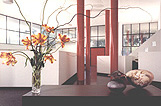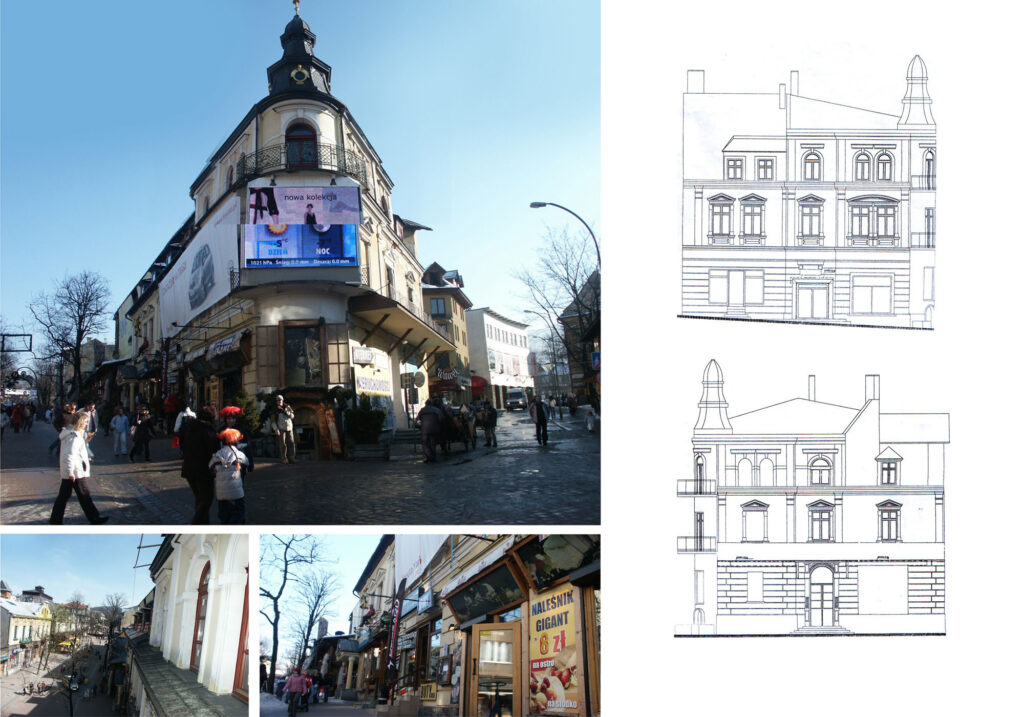STANFORD UNIVERSITY
Building 370, Seismic Repairs
Stanford, California
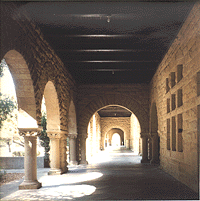 The buildings around the perimeter of the historic Quad at Stanford University had not been remodeled since their original construction and many suffered serious damage during both the 1906 and the 1989 earthquake. Repairs in 1906 had been minimal, leading to greater damage when the 1989 Loma Prieta Quake struck.Building 370, is a 4,525 sq.ft. building with a large lecture hall, offices, a central mezzanine and surrounding arcade. It was the first building to be rebuilt after the 1989 earthquake.
The buildings around the perimeter of the historic Quad at Stanford University had not been remodeled since their original construction and many suffered serious damage during both the 1906 and the 1989 earthquake. Repairs in 1906 had been minimal, leading to greater damage when the 1989 Loma Prieta Quake struck.Building 370, is a 4,525 sq.ft. building with a large lecture hall, offices, a central mezzanine and surrounding arcade. It was the first building to be rebuilt after the 1989 earthquake.
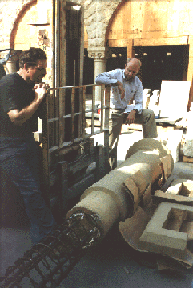
Because technology had advanced since the last Quad reconstruction, several new construction methods were tried on this building. The carved sandstone columns were decaying prior to the earthquake; test borings were made starting at the roof and coring through the wall and columns to determine if the columns could be internally reinforced.
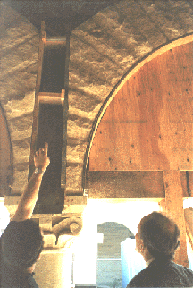
The inner stone layer at the arcades was removed; each stone marked and salvaged for reuse after the walls were reinforced with a steel curtain and then shotcreted.
Ultimately, the sandstone columns were replaced with integrally colored, precast concrete columns molded to the various original stone shapes. As part of the seismic reconstruction, SLR/Architects also rebuilt the entire interior of the building to provide functional offices and seminar rooms.
The project was phased to allow use of the lecture hall even through the surrounding colonnade was still under construction.
The construction cost came in below budget, thereby permitting the coring experiments to be done.
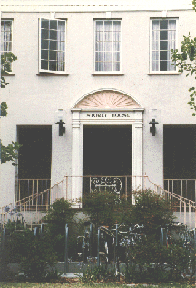
STANFORD UNIVERSITY
Storey House
Stanford, California
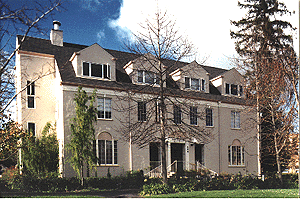
Storey House, built in 1916 as a residence for women students was remodeled in the mid 1930’s and served many generations of women. In 1980 a disastrous fire gutted the top floor and soundly damaged the second floor. Because the house is located close to the center of the campus, the university chose to rebuild it as the first coeducational and wheelchair accessible student residence.
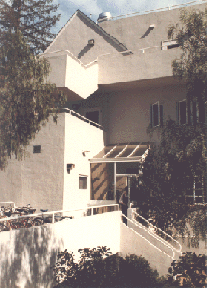 The “new” Storey House meets all the requirements of modern student life, and yet retains the charm associated with older houses. The house features as much of the original trim work as could be salvaged, but the reconstructed area, including the bridge to the student center uses a modern idiom which does not clash with the traditional motif of the building. As part of the project, the building was upgraded to meet modern seismic and fire codes, a stair tower was added, the kitchen rebuilt and the decks made livable.
The “new” Storey House meets all the requirements of modern student life, and yet retains the charm associated with older houses. The house features as much of the original trim work as could be salvaged, but the reconstructed area, including the bridge to the student center uses a modern idiom which does not clash with the traditional motif of the building. As part of the project, the building was upgraded to meet modern seismic and fire codes, a stair tower was added, the kitchen rebuilt and the decks made livable.
Storey House is still the favorite residence for student living.
